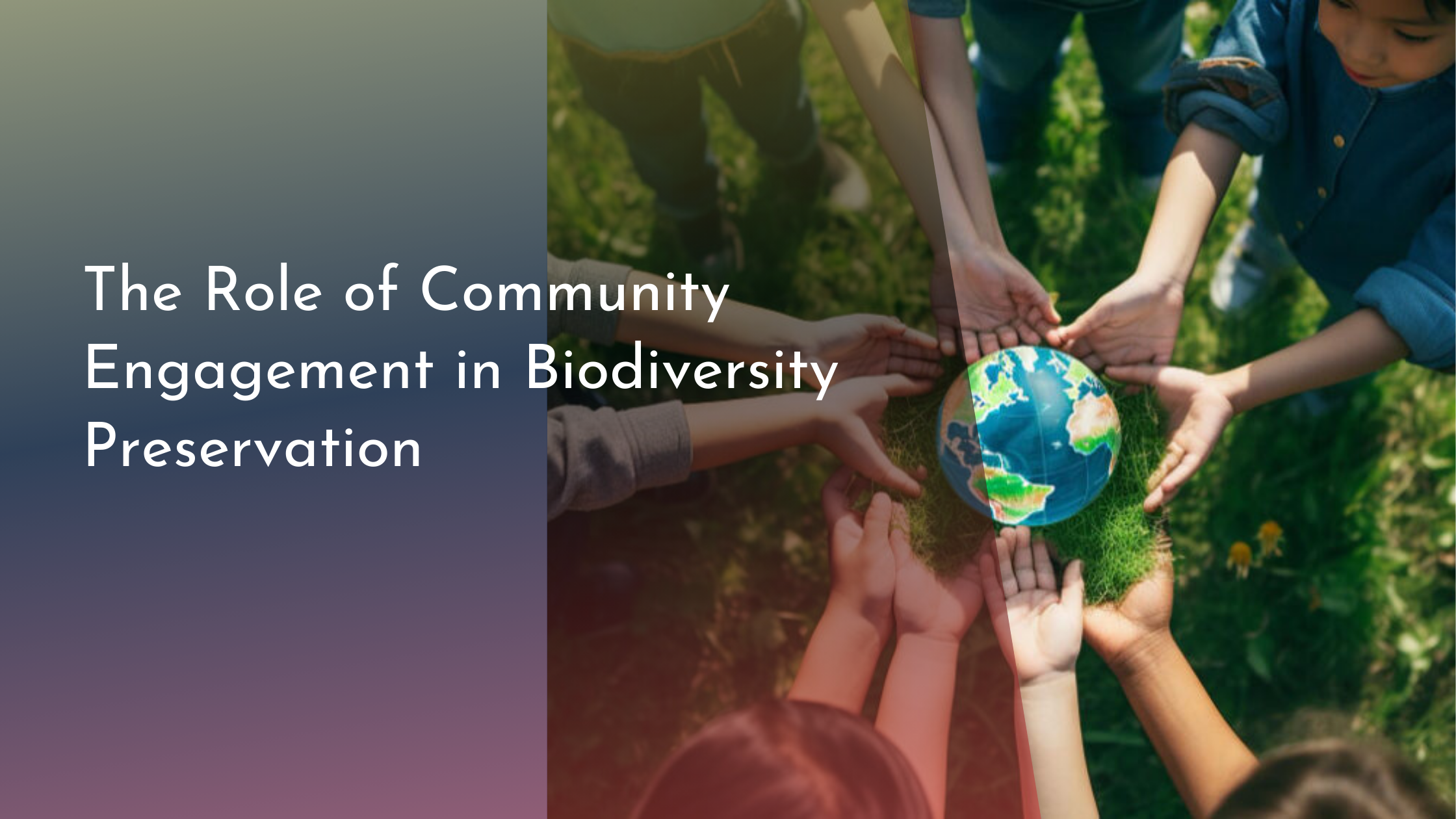The Role of Community Engagement in Biodiversity Preservation
Biodiversity preservation is a global priority as ecosystems around the world face unprecedented threats from human activities and climate change. While governmental policies and international agreements play crucial roles in conservation, the involvement of local communities is equally vital. Community engagement in biodiversity preservation harnesses the local knowledge, cultural ties, and vested interests of people living closest to nature’s treasures. This article explores the importance of community engagement in biodiversity preservation, offering insights into effective strategies, highlighting success stories, and celebrating the power of collective efforts.
Understanding Community Engagement Basics
Community engagement in biodiversity preservation refers to the active participation of local people in the planning, decision-making, and implementation of conservation efforts. It goes beyond mere consultation, involving collaboration, empowerment, and the sharing of responsibilities between communities and conservation agencies. This approach recognizes that local communities are not just stakeholders but key actors whose livelihoods, traditions, and experiences are intertwined with the health of their environments.
The basics of community engagement rely on building trust, understanding cultural contexts, and recognizing the unique ecological knowledge that communities possess. Many indigenous and local communities have lived in harmony with nature for generations, developing sustainable practices that can offer valuable insights for modern conservation efforts. Engaging communities involves respecting their rights, acknowledging their contributions, and ensuring that they benefit from conservation activities. By doing so, community engagement fosters a sense of ownership and commitment that can lead to more effective and sustainable biodiversity preservation.
Strategies for Effective Local Involvement
One effective strategy for engaging local communities in biodiversity preservation is education and capacity building. By providing training and resources, communities can better understand the importance of biodiversity and the ways in which they can contribute to its protection. This can involve workshops, educational campaigns, and hands-on activities that empower individuals with the knowledge and skills needed to effectively participate in conservation efforts.
Another key strategy is the establishment of community-managed conservation areas. These are initiatives where local communities play a direct role in the management and decision-making processes related to conservation efforts on their lands. By giving communities a formal role and responsibility, these areas can foster a sense of pride and long-term commitment to maintaining and enhancing biodiversity. This approach also allows for the incorporation of traditional ecological knowledge, which is often overlooked in conventional conservation practices.
Success Stories: Community-Led Conservation
In Costa Rica, the Ostional Wildlife Refuge serves as a shining example of how community engagement can lead to successful conservation outcomes. Local communities, with government support, manage the protection of olive ridley sea turtle nesting sites. By taking an active role, community members not only protect biodiversity but also gain social and economic benefits through eco-tourism and regulated egg harvesting, proving that community-led initiatives can create a harmonious balance between conservation and livelihood.
Another notable success story is found in Namibia, where community-based natural resource management (CBNRM) programs have transformed wildlife conservation. Through these programs, communities manage conservancies, benefitting from wildlife and tourism revenues. This has led to increased wildlife numbers and habitat restoration efforts, showcasing the power of community-driven conservation. Local residents, once skeptical, have become ardent conservationists, demonstrating that when communities are empowered and incentivized, they can significantly contribute to biodiversity preservation.
Celebrating the Impact of Collective Efforts
Collective efforts in biodiversity preservation have shown that when communities, governments, and organizations work together, the results can be impactful and far-reaching. These collaborations often lead to innovative solutions that might not have been possible individually. By pooling resources and knowledge, these collective efforts can tackle complex conservation challenges more efficiently, resulting in healthier ecosystems and more resilient communities.
Celebrating the impact of collective efforts is crucial to sustaining motivation and momentum in biodiversity preservation. Recognizing and sharing success stories not only inspires others but also reinforces the value of community engagement. By celebrating these achievements, communities feel appreciated and are more likely to continue investing their time and resources into conservation initiatives. This positive reinforcement creates a virtuous cycle, promoting ongoing commitment and fostering a global community dedicated to preserving our planet’s rich biodiversity.
The role of community engagement in biodiversity preservation is indispensable. By tapping into local knowledge, fostering a sense of ownership, and enabling communities to directly contribute to conservation efforts, we can achieve more sustainable outcomes. From local success stories to broader collective efforts, the power of communities is evident and inspiring. As we move forward in addressing the environmental challenges of our time, embracing the involvement of communities will not only enhance conservation strategies but also enrich the lives of those living closest to the heart of nature.


